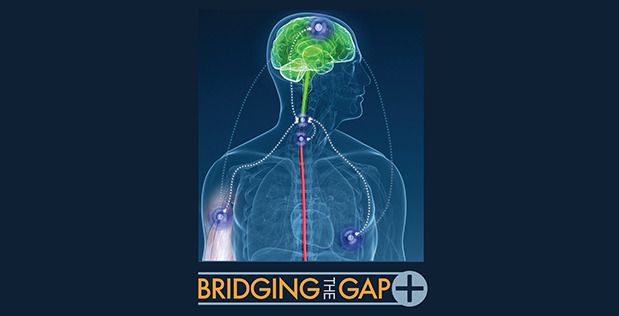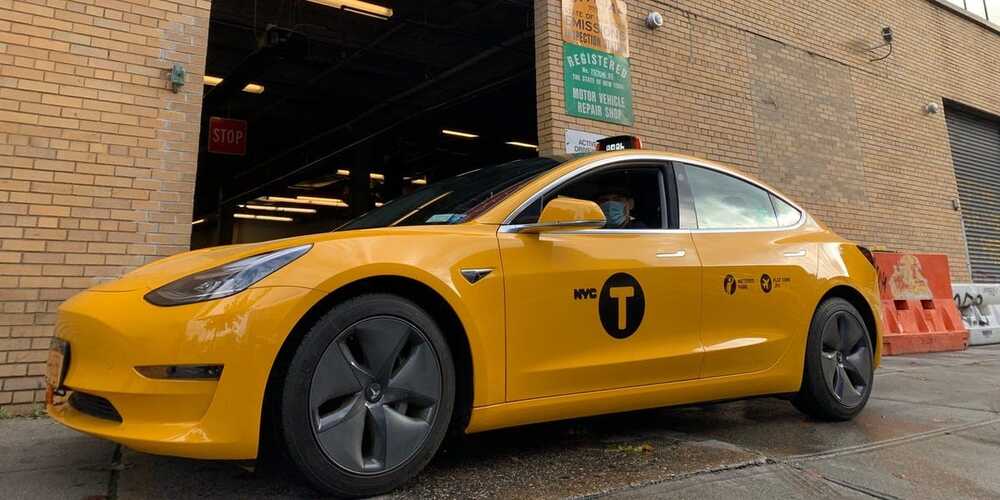DARPA recently awarded contracts to five companies to develop algorithms enabling mixed teams of manned and unmanned combat aircraft to conduct aerial dogfighting autonomously.
Boeing, EpiSci, Georgia Tech Research Institute, Heron Systems, and physicsAI were chosen to develop air combat maneuvering algorithms for individual and team tactical behaviors under Technical Area (TA) 1 of DARPA’s Air Combat Evolution (ACE) program. Each team is tasked with developing artificial intelligence agents that expand one-on-one engagements to two-on-one and two-on-two within-visual-range aerial battles. The companies’ algorithms will be tested in each of three program phases: modeling and simulation, sub-scale unmanned aircraft, and full-scale combat representative aircraft scheduled in 2023.
“The TA1 performers include a large defense contractor, a university research institute, and boutique AI firms, who will build upon the first-gen autonomous dogfighting algorithms demonstrated in the AlphaDogfight Trials this past August,” said Air Force Col. Dan “Animal” Javorsek, program manager in DARPA’s Strategic Technology Office. “We will be evaluating how well each performer is able to advance their algorithms to handle individual and team tactical aircraft behaviors, in addition to how well they are able to scale the capability from a local within-visual-range environment to the broader, more complex battlespace.”







